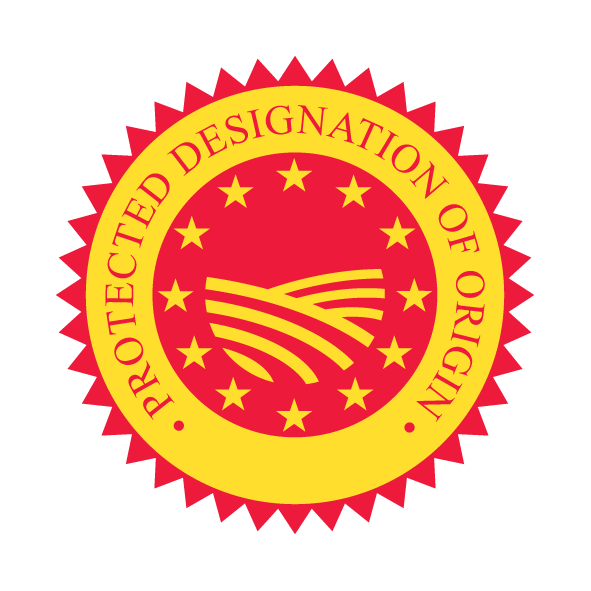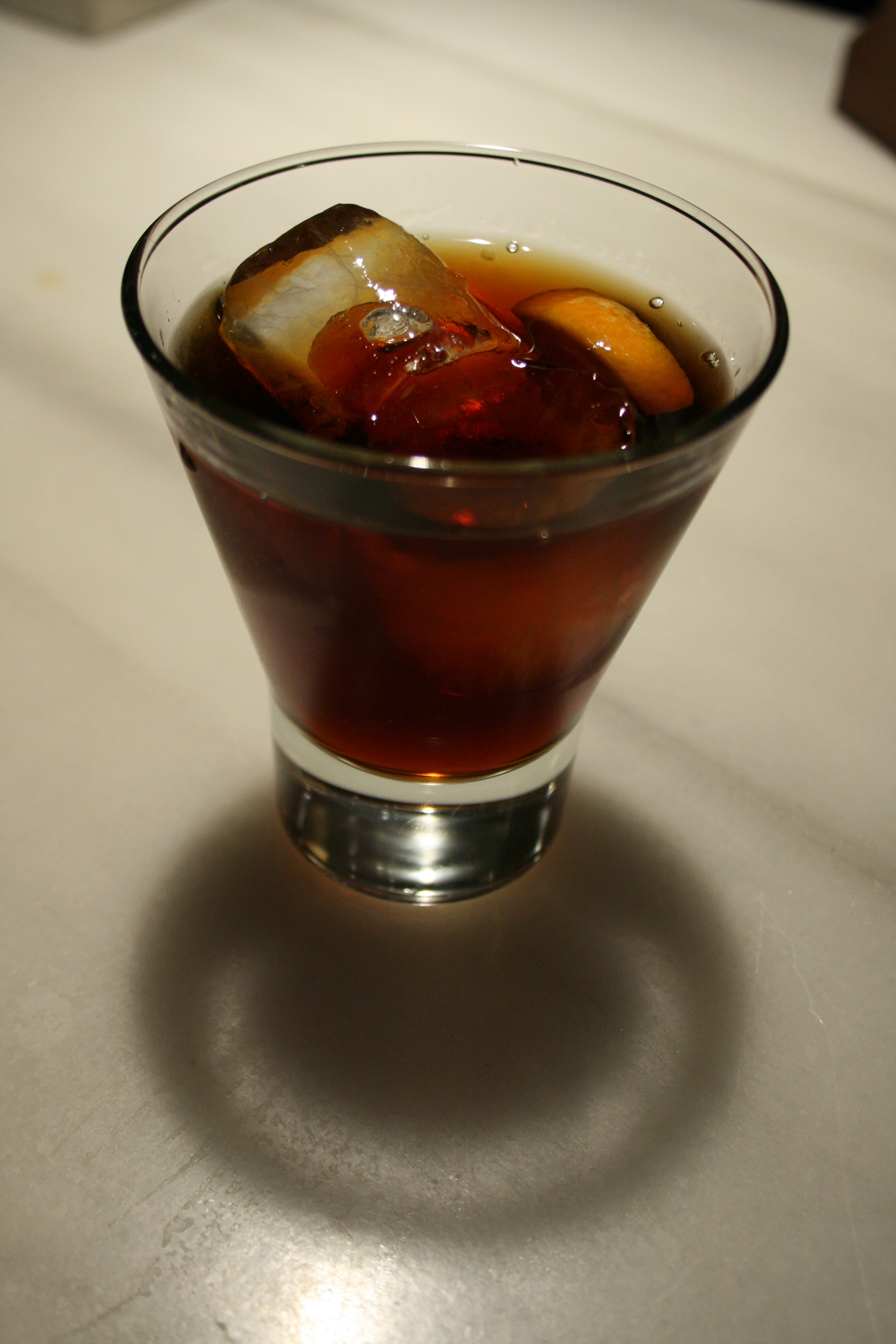|
Must
Must is freshly crushed Juice, fruit juice (usually grape juice) that contains the skins, seeds, and stems of the fruit. The solid portion of the must is called pomace and typically makes up 7–23% of the total weight of the must. Making must is the first step in winemaking. Because of its high glucose content, typically between 10 and 15%, must is also used as a sweetener in a variety of cuisines. Unlike commercially sold grape juice, which is Filtration, filtered and Pasteurization, pasteurized, must is thick with Suspension (chemistry), particulate matter, Opacity, opaque, and comes in various shades of brown and purple. The name comes from the Latin ''vinum mustum''; . Winemaking The length of time the pomace stays in the juice is critical for the final character of the wine. When the winemaker judges the time to be right, the juice is drained off the pomace, which is then pressed to extract the juice retained by the matrix. Yeast in winemaking, Yeast is added to the juice ... [...More Info...] [...Related Items...] OR: [Wikipedia] [Google] [Baidu] |
Balsamic Vinegar
Balsamic vinegar () is a dark, concentrated, intensely flavoured vinegar made wholly or partially from Must, grape must: freshly crushed grape juice with all the skins, seeds, and stems. Etymology The Italian language, Italian word (from Latin , from Greek , ) means 'balsam-like' in the sense of "restorative" or "curative"; cf. English 'balm'. Ultimately from Ancient Hebrew-Phoenician ( or , IPA [baːˈɬaːm]), the name means 'perfume or spice', with the consonant sequence of the letter 'λ' and 'σ' deriving from Ancient Greek to pronounce the שׂ (ś) sound, sounding back then as Voiceless dental and alveolar lateral fricatives, [ɬ]. History The term ''balsamico'' in "balsamic vinegar" originates from the Latin word ''balsamum'' and the Ancient Greek, Greek word ''βάλσαμον'', both conveying the idea of something "restorative" or "curative". The practice of cooking grapes can be traced back to Ancient Rome, ancient Roman times, where it was valued both as a medic ... [...More Info...] [...Related Items...] OR: [Wikipedia] [Google] [Baidu] |
Grape Juice
Grape juice is obtained from crushing and blending grapes into a juice, liquid. In the wine industry, grape juice that contains 7–23 percent of pulp, skins, stems and seeds is often referred to as ''must''. The sugars in grape juice allow it to be used as a sweetener, and fermentation (wine), fermented and made into wine, brandy, or vinegar. In North America, the most common grape juice is purple and made from Concord grapes while white grape juice is commonly made from Niagara grapes, both of which are varieties of native American grapes, a different species from European wine grapes. In California, Sultana (grape), Sultana (known there as 'Thompson Seedless') grapes are sometimes diverted from the raisin or table grape, table market to produce white juice. Grape juice can be made from all grape varieties after reaching appropriate maturity. Because of consumers' preferences for characteristics in color, flavor and aroma, grape juice is primarily produced from American cultiv ... [...More Info...] [...Related Items...] OR: [Wikipedia] [Google] [Baidu] |
Juice
Juice is a drink made from the extraction or Cold-pressed juice, pressing of the natural liquid contained in fruit and vegetables. It can also refer to liquids that are flavored with concentrate or other biological food sources, such as meat or seafood, such as clam juice. Juice is commonly consumed as a beverage or used as an ingredient or flavoring in foods or other beverages, such as smoothies. Juice emerged as a popular beverage choice after the development of pasteurization methods enabled its preservation without using fermentation (which is used in wine production). The largest fruit juice consumers are New Zealand (nearly a Cup (unit), cup, or 8 ounces, each day) and Colombia (more than three quarters of a cup each day). Fruit juice consumption on average increases with a country's income level. Etymology The word "juice" comes from Old French in about 1300; it developed from the Old French words "''jus, juis, jouis''", which mean "liquid obtained by boiling herbs". ... [...More Info...] [...Related Items...] OR: [Wikipedia] [Google] [Baidu] |
Balsamic Vinegar Of Modena
Balsamic vinegar of Modena (BVM; , ABM) is a protected geographic indication variety of balsamic vinegar. It is produced according to various recipes. The PGI production regulations leave plenty of leeway, allowing the use of grape must (even if it is not from the provinces of Modena and Reggio Emilia) in percentages between 20 and 90% and wine vinegar between 10 and 80%. The use of caramel is allowed, up to 2%. Reading the tag can provide useful information on the ingredients used and the processing methods. Withdrawal and refilling, as used in making traditional balsamic vinegar, are not required; the ingredients, once mixed, must be kept in wood containers for a duration of at least 60 days. If the product is kept there for 3 years or more it is labeled "invecchiato" ('aged'). The balsamic vinegar of Modena gained the PGI label on 3 July 2009. The requirements for the much more expensive PDO Traditional Balsamic Vinegar are different and more restrictive; it must contain o ... [...More Info...] [...Related Items...] OR: [Wikipedia] [Google] [Baidu] |
Ancient Rome
In modern historiography, ancient Rome is the Roman people, Roman civilisation from the founding of Rome, founding of the Italian city of Rome in the 8th century BC to the Fall of the Western Roman Empire, collapse of the Western Roman Empire in the 5th century AD. It encompasses the Roman Kingdom (753–509 BC), the Roman Republic (50927 BC), and the Roman Empire (27 BC476 AD) until the fall of the western empire. Ancient Rome began as an Italic peoples, Italic settlement, traditionally dated to 753 BC, beside the River Tiber in the Italian peninsula. The settlement grew into the city and polity of Rome, and came to control its neighbours through a combination of treaties and military strength. It eventually controlled the Italian Peninsula, assimilating the Greece, Greek culture of southern Italy (Magna Graecia) and the Etruscans, Etruscan culture, and then became the dominant power in the Mediterranean region and parts of Europe. At its hei ... [...More Info...] [...Related Items...] OR: [Wikipedia] [Google] [Baidu] |
Winemaking
Winemaking, wine-making, or vinification is the production of wine, starting with the selection of the fruit, its Ethanol fermentation, fermentation into alcohol, and the bottling of the finished liquid. The history of wine-making stretches over millennia. There is evidence that suggests that the earliest wine production took place in Georgia and Iran around 6000 to 5000 B.C. The science of wine and winemaking is known as oenology. A winemaker may also be called a #Winemakers, vintner. The growing of grapes is viticulture and there are List of grape varieties, many varieties of grapes. Winemaking can be divided into two general categories: still wine production (without carbonation) and sparkling wine production (with carbonation – natural or injected). Red wine, white wine, and rosé are the other main categories. Although most wine is made from grapes, it may also be made from other plants. (See fruit wine.) Other similar light alcoholic drinks (as opposed to beer or Liq ... [...More Info...] [...Related Items...] OR: [Wikipedia] [Google] [Baidu] |
Traditional Balsamic Vinegar
Traditional balsamic vinegar () is a type of balsamic vinegar produced exclusively in the Italian ''comuni'' of Reggio Emilia and Modena, in Emilia-Romagna. Unlike inexpensive Balsamic Vinegar of Modena (BVM), Traditional Balsamic Vinegar (TBV) is produced from cooked grape must, aged at least 12 years, and protected under the European protected designation of origin (PDO) system, fetching higher prices (BVM has lesser protection under the European protected geographical indication (PGI) system). Although the names are similar, TBV and the inexpensive imitation BVM are very different. History A comprehensive study of the original production procedures, the ageing conditions, and the sensory profile is not available. This and the few and often-confusing documents make the reconstruction of the true history of TBV a challenge. The art of cooking the must of grapes dates back to the ancient Romans: it was used both as a medicine and in the kitchen as a sweetener and condiment. T ... [...More Info...] [...Related Items...] OR: [Wikipedia] [Google] [Baidu] |
Grappa
Grappa is an alcoholic beverage: a fragrant, grape-based pomace brandy of Italian origin that contains 35 to 60 percent alcohol by volume (70 to 120 Alcohol proof, US proof). Grappa is a protected name in the European Union. Grappa is made by Distillation, distilling the skins, pulp, seeds, and stems (i.e., the pomace) left over from winemaking after Pressing (wine), pressing the grapes. It was originally made to prevent waste by using these leftovers. A similar drink, known as ''acquavite d'uva'', is made by distilling whole must. In Italy, grappa is primarily served as a ''Italian meal structure#Formal meal structure, digestivo'' or Apéritif and digestif, after-dinner drink. Its main purpose is to aid in the digestion of heavy meals. Grappa may also be added to espresso coffee to create a ''caffè corretto'', meaning "corrected" coffee. Another variation of this is the ''ammazzacaffè'': the espresso is drunk first, followed by a few ounces of grappa served in its own glass ... [...More Info...] [...Related Items...] OR: [Wikipedia] [Google] [Baidu] |
Aceto Balsamico
Aceto could refer to: * Italian for vinegar * A compound that contains an acetyl group In organic chemistry, an acetyl group is a functional group denoted by the chemical formula and the structure . It is sometimes represented by the symbol Ac (not to be confused with the element actinium). In IUPAC nomenclature, an acetyl grou ... * Alfredo Aceto (born 1991), an Italian artist * ''Aceto'' (album), a 2010 album by Michéal Castado {{disambiguation ... [...More Info...] [...Related Items...] OR: [Wikipedia] [Google] [Baidu] |
Protected Designation Of Origin
The protected designation of origin (PDO) is a type of geographical indication of the European Union aimed at preserving the designations of origin of food-related products. The designation was created in 1992 and its main purpose is to designate products that have been produced, processed and developed in a specific geographical area, using the recognized know-how of local producers and ingredients from the region concerned. Features The characteristics of the products protected are essentially linked to their terroir. The European or UK PDO logo, of which the use is compulsory, documents this link. European Regulation 510/2006 of 20 March 2006 acknowledges a priority to establish a community protection system that ensures equal conditions of competition between producers. This European Regulation is intended to guarantee the reputation of regional products, adapt existing national protections to make them comply with the requirements of the World Trade Organization, and info ... [...More Info...] [...Related Items...] OR: [Wikipedia] [Google] [Baidu] |
Geographical Indications And Traditional Specialities In The European Union
Three European Union schemes of geographical indications and Traditional food, traditional specialties, known as protected designation of origin (PDO), protected geographical indication (PGI), and traditional speciality guaranteed (TSG), promote and protect names of agricultural products and foodstuffs, wines and spirits. Products registered under one of the three schemes may be marked with the logo for that scheme to help identify those products. The schemes are based on the legal framework provided by the EU Regulation No 1151/2012 of the European Parliament and of the Council of 21 November 2012 on quality schemes for agricultural products and foodstuffs. This regulation applies within the EU as well as in Northern Ireland. Protection of the registered products is gradually expanded internationally via bilateral agreements between the EU and non-EU countries. It ensures that only products genuinely originating in that region are allowed to be identified as such in commerce. The ... [...More Info...] [...Related Items...] OR: [Wikipedia] [Google] [Baidu] |








